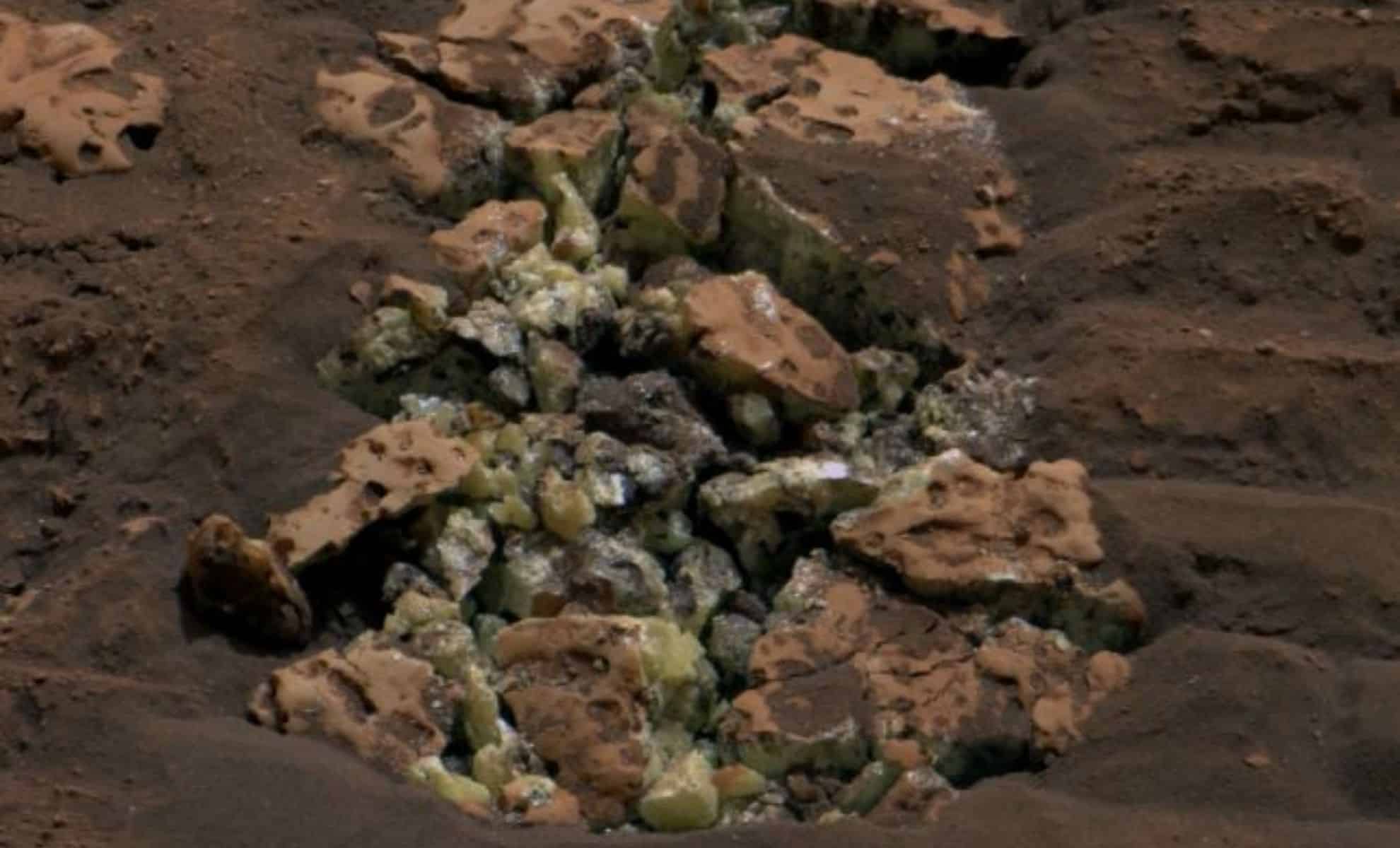In an unexpected turn of events, NASA’s Curiosity rover has cracked open a rock on Mars, uncovering something so surprising it is leaving planetary scientists eager to understand what it means for the planet’s geological history. The discovery, made in July 2024, took place in the Gediz Vallis Channel, a region rich with ancient Martian history. While scientists were initially analyzing the surface of the rock, the findings have raised more questions than answers.
The Curiosity rover, known for its detailed exploration of Mars, has been tasked with analyzing rocks in this region to better understand the planet’s past. While the team expected to find familiar minerals, what was discovered instead points to an intriguing new possibility. The latest revelation is sparking curiosity and speculation about Mars’ ancient environment and what may have shaped it over billions of years.
This unexpected find, now the subject of rigorous scientific investigation, could provide insights into Mars’ volcanic history, atmospheric evolution, and even the potential for past life. However, the full implications of the discovery are still to be understood, and scientists are working diligently to decode its significance.
A Surprising Discovery in Mars’ Gediz Vallis Channel
The Gediz Vallis Channel is a key area of focus for Curiosity, as it holds vital clues about Mars’ ancient surface and its water-rich past. For months, Curiosity has been studying rocks within the channel, gathering samples that may one day answer fundamental questions about the planet’s potential to support life. When the rover cracked open the rock, scientists were not prepared for the unexpected material it revealed. This surprising discovery has left scientists puzzling over what conditions on Mars could lead to such a phenomenon, particularly in an area once thought to be inhospitable to the formation of such materials.
Despite decades of exploration, this find represents a major shift in what we know about Mars’ past. Curiosity project scientist Ashwin Vasavada remarked, “It shouldn’t be there, so now we have to explain it.” This statement underscores the magnitude of the discovery and the challenge of explaining the presence of this mysterious material. The discovery adds to the growing body of evidence suggesting that Mars may have once experienced more dynamic geological processes than previously thought.
What Makes This Discovery So Unusual?
While the Gediz Vallis Channel is a region known for its ancient riverbeds, this new discovery is anything but ordinary. The material found within the rock is completely unexpected, considering the environmental conditions we know Mars has faced. Scientists are now rethinking long-standing assumptions about Mars’ geology, asking what unseen forces may have contributed to the formation of this substance.
“It’s like finding a field of stones made of pure sulfur,” said Ashwin Vasavada in July 2024, reflecting the rarity of such a discovery. His analogy of an “oasis in the desert” highlights how out-of-place this material seems in the harsh Martian environment. This unexpected discovery is leading scientists to reconsider not only the geological processes that could have formed it but also the implications for Mars’ habitability in the distant past.
The Mystery of Mars’ Geological Evolution Deepens
As the rover continues its journey through the channel, scientists are hoping to gather more clues that could help explain how this material came to be. The discovery could signal that there were once processes at work on Mars that we have yet to fully understand. Could Mars have harbored volcanic or hydrothermal activity long after it was believed to have cooled? Was there ever an oasis-like environment that could have supported such a formation?
In a planet where every new discovery challenges existing knowledge, this find has the potential to significantly reshape how we think about Mars. Could it be a glimpse into a more active, volatile Mars than scientists had imagined? With each new revelation, the possibilities seem endless.
